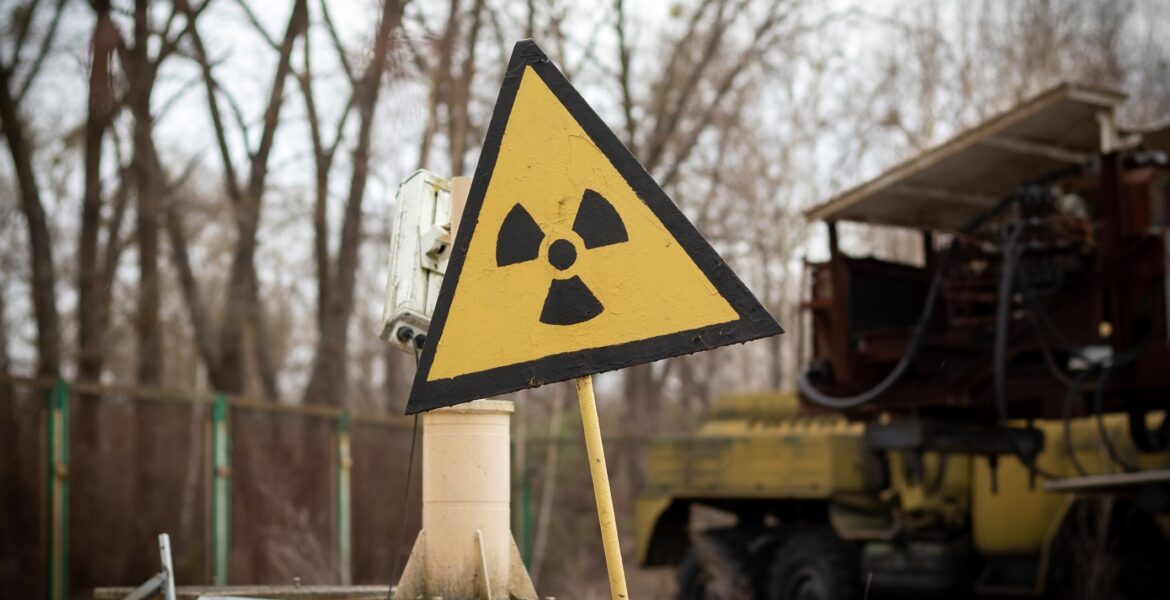History shows us that the threat of nuclear weapons cannot be undermined: lakhs of lives were lost in the havoc unleashed by the bombing of Hiroshima and Nagasaki while millions still continue to suffer from the devastating effects of the nuclear explosion, incurable diseases such as cancer and mutilation.
The landmark event was a testament not only to the power of the the most richest and powerful nation in the world but also to the more heinous fact that people could suffer irrevocable consequences as a result of the carnage unleashed by the development and use of nuclear weapons.
Presently, however, the group of nations having nuclear weapons under their belt has expanded to more than 10 nations with a cumulative exposure to more than 13,080 weapons. The threat of misuse of nuclear weapons has further escalated as more rogue nations and terrorist groups continue to propel their mission to exploit other nations and wreak havoc on innocent people.
Despite the fact that nuclear weapons can cause an insurmountable amount of destruction there are certain proponents of the nuclear deterrence theory who argue that the presence of nuclear weapons may in some circumstances decrease the risk of crisis escalation, since parties will seek to avoid situations that could lead to the use of nuclear weapons.
Be that as it may, such proponents fail to fathom the fact that guided by suspicion, misperception, unwanted escalation and a security dilemma, the leaders controlling the use of nuclear weapons can be swayed under the impulse of uncontrollable, irrational emotions, and hence, exercise the decision to explode nuclear weapons.
In the era of globalization, the threat of nuclear proliferation has increased multifold. For example, the Manhattan project was a joint venture between the US and UK. Now, many experts believe that instead of being guided by a huge bureaucracy, future nuclear projects will rely on a small cadre of expert managers who look abroad to get needed materials and know-how much more quickly and cheaply than if they tried to do it all by themselves.
This is to say that the organizational and management challenges facing non proliferation are disappearing. For example, some critics argue that the first danger for nonproliferation stems from the availability of key materials and nuclear and dual-use equipment on the international black market.
However, the fears guiding non proliferation in this regard are unfounded as can be seen from the example of Libya. Libya was a major customer of the Pakistani nuclear weaponeer, A. Q. Khan’s global proliferation network.
Despite buying a complete kit for the construction of an industrial-scale centrifuge uranium enrichment plant and receiving Khan’s blueprints for a nuclear explosive device, the Libyan program was given up by Gaddafi in 2003.
Secondly, scientific knowledge and practical techniques for the development of nuclear weapons have become diffused in the era of globalization which means that some scientists and engineers from developing countries have taken advantage of the openness of Western nuclear laboratories to advance their states’ nuclear weapons projects.
For example, A.Q Khan worked for the European uranium enrichment consortium URENCO in Holland to develop his knowledge about nuclear weapons. However, here the NPT and the IAEA or the ‘Atoms for Peace’ agency have subtly guided workers from developing nations who enjoy formative experience in the West from participating in a nuclear program back home.
This can be seen in the case of Yugoslavia, wherein the country’s president for life, Josip Broz Tito, promoted a very suspicious dual-use nuclear program from the late 40s onward, and later explicitly ordered his scientists to produce the bomb.
Many young Yugoslav scientists and engineers who received advanced education and training in top North American and European nuclear laboratories, learning much potentially dangerous nuclear knowledge also learnt that they could better advance their careers by taking up positions outside Yugoslavia and hence, thousands of Yugoslav scientists, engineers, metallurgists, and other S&T professionals—including several key members of Tito’s original nuclear brain trust—made the choice to leave home for greener pastures in the West.
Given the threats of proliferation, many people argue bombing nations trying to develop or in the midst of a nuclear program. For example, many people argue for a US or Israeli military strike against Iran’s nuclear program.
However, they fail to appreciate the fact that measures such as the damaging of Iran’s nuclear hardware might fuel the Iranian workers spirit of nationalism and anti-imperialism. The only way ahead for the spirit of non proliferation to prosper and conquer the demon of weaponization would be dialogue and diplomacy.
Each nation should interact and forge a plan with other nuclear states in reducing the stockpiles of armaments, enlargement of armed forces and the growing investment in research and technology development of nuclear weapons.
Moreover, a global movement for peace needs to be formulated, one based solely on non violence and respect for human life, one that is not only concerned with the economic and social well being of man but that is guided by the threat of survival of the human race in the nuclear age.
Abhishek Ranjan is the Founder and Director of Red Lantern Analytica.

